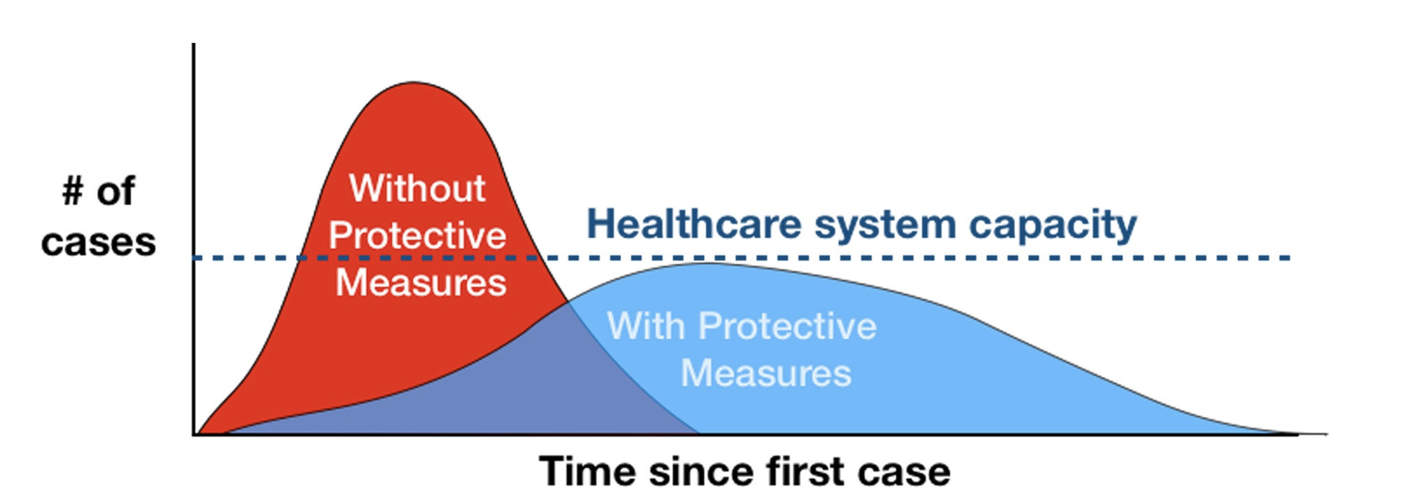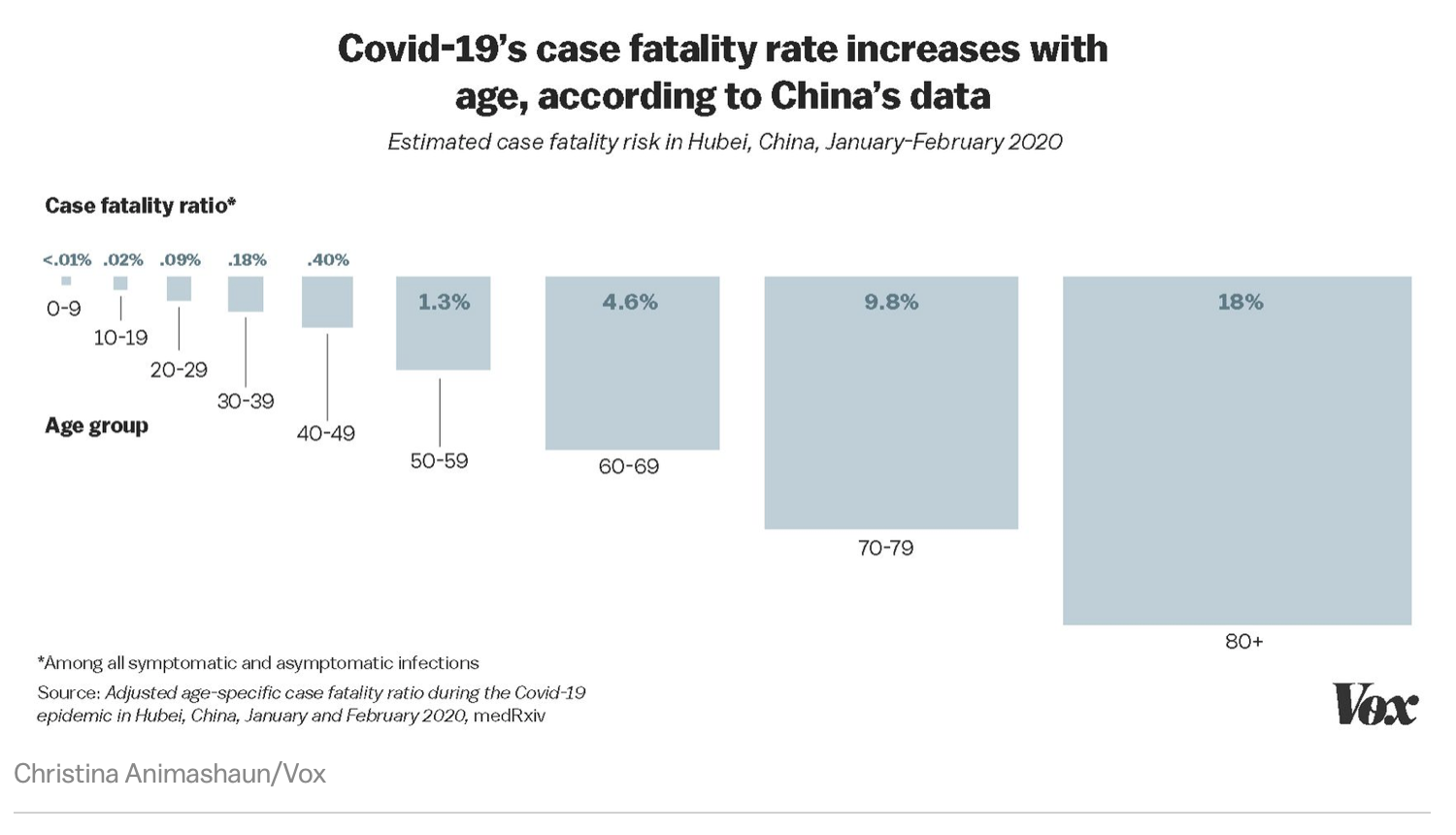Online classes, incessant emails and staying at home. What for?
In a time where the world seems to be falling apart, it is normal to wonder what all of these protective measures are for. Three words best capture the reason why the nation seems to be going through such extensive measures — flattening the curve.
But what exactly is this curve and why is a flattened curve so important for proper protection against the novel coronavirus?
SARS-CoV-2 is the novel strain of the coronavirus that has given rise to COVID-19, the pandemic that has taken the world by storm in the past few weeks.
Oftentimes, virus outbreaks follow an exponential growth curve. In the case of the novel coronavirus, there were a total of 25 cases in the United States on Feb. 18. Last week, on March 10, that number steadily increased to a whopping 1,004, according to The New York Times.
To date, there are about 3,500 cases of COVID-19 in the United States and it has populated 49 states, Puerto Rico and Washington D.C.
Even with that, does moving to an online class platform seem like an extreme measure for a virus that has a fatality rate hovering around 1%? Hardly.
RELATED: The attack of the worried well: Is the coronavirus the next pandemic?
The purpose of transitioning from in-person classes to online classes, as mentioned before, is to flatten the curve.
In the United States, the healthcare system has a finite capability of the number of people it can treat. With limits on hospital beds, ventilators and physicians, a number of cases that exceeds the healthcare limit can impose serious problems, for example, an increasing fatality rate.

Source: CDC/The New York Times
But how does the red curve turn into the blue curve?
By taking protective measures to limit direct human contact, schools are mitigating the number of people who ultimately become infected at any given time. By doing so, this reduces the possibility of hospitals and healthcare workers of being overwhelmed and reaching a point where they have to decide whose life to save in a case where they can’t save both.
Although college students are not considered a high-risk group, they can potentially be vectors for the virus. When they are in contact with people at home — for example, the elderly — they can transmit the disease to them and put a high-risk group in serious danger.

Source: Vox.com
Interestingly enough, in both of the curves, the area under the curve, or number of patients seen, is roughly equivalent. However, in the blue curve, hospitals and physicians can treat patients in a manageable fashion.
Besides transitioning to an online platform, other basic protective measures are always encouraged. For example, washing hands and social distancing are two measures that have infiltrated conversations in the past few weeks.
Social distancing is a broad term to describe interventional techniques that can be used to mitigate the spread of the disease. For example, maintaining a proper distance from other humans, which according to experts is roughly six feet, and cancelling large gatherings are two measures that can drastically reduce the spread of a disease.
As of March 15, the Center for Disease Control recommended cancelling events with 50 or more people, which is the majority of classes at most universities.
So next time you complain that you won’t be able to see your friends in class again this semester, take a second and think about why university officials have taken such drastic measures to transition to online classes.
Follow Amit Syal on Twitter









